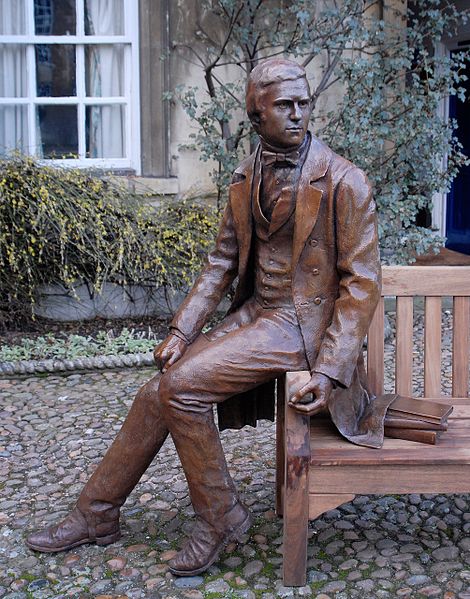The Formation of Vegetable Mould Through the Action of Worms
The Formation of Vegetable Mould Through the Action of Worms, with Observations on their Habits is an 1881 book by Charles Darwin on earthworms. It was his last scientific book, and was published shortly before his death. Exploring earthworm behaviour and ecology, it continued the theme common throughout his work that gradual changes over long periods of time can lead to large and sometimes surprising consequences. It was the first significant work on soil bioturbation, although that term was not used by Darwin.
Piles of worm castings atop existing soil in a garden
His research included a railway trip to Stonehenge
A photograph of Darwin around the time the book was published.
Earthworms mate in daylight, but are generally nocturnal above ground.
Charles Robert Darwin was an English naturalist, geologist and biologist, widely known for his contributions to evolutionary biology. His proposition that all species of life have descended from a common ancestor is now generally accepted and considered a fundamental concept in science. In a joint publication with Alfred Russel Wallace, he introduced his scientific theory that this branching pattern of evolution resulted from a process he called natural selection, in which the struggle for existence has a similar effect to the artificial selection involved in selective breeding. Darwin has been described as one of the most influential figures in human history and was honoured by burial in Westminster Abbey.
Darwin, c. 1854, when he was preparing On the Origin of Species
A chalk drawing of the seven-year-old Darwin in 1816, with a potted plant, by Ellen Sharples
Bicentennial portrait by Anthony Smith of Darwin as a student, in the courtyard at Christ's College, Cambridge, where he had rooms
Darwin (right) on the Beagle's deck at Bahía Blanca in Argentina, with fossils; caricature by Augustus Earle, the initial ship's artist








